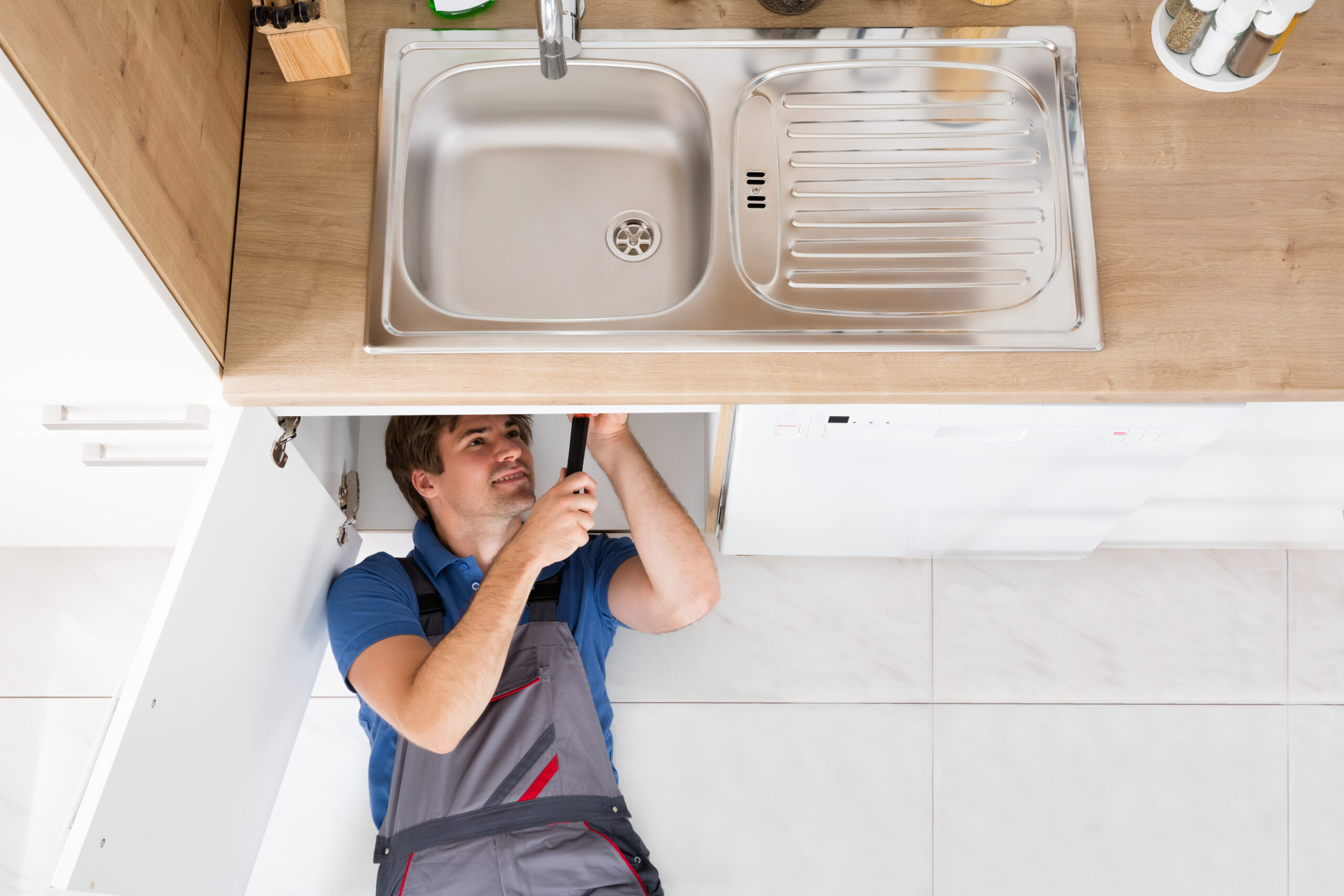What to Do When Your Dishwasher Does Not Drain

A dishwasher is one of the most important appliances in every household. If the dishwasher in your home does not drain, it can lead to more significant problems. A dishwasher that is not draining must not be ignored. In simpler situations, you can solve water pooling at the bottom of a dishwasher without needing a plumber's help.
So before you call a professional you can try to fix your dishwasher with the help of a few simple steps at home to take care of the situation. Let's start with some basic information like why your dishwasher is not draining.
Reason Behind the Dishwasher Not Draining
If you see water collecting at the bottom of your dishwasher there are few common reasons for it.
- Clogged garbage disposal. Sometimes, the garbage disposal gets blocked.
- Debris in the drain hose. Food bits, debris, or labels can clog up the drain hose.
- Detergent buildup. Excess detergent can cause issues with drainage.
- Blockages in the dishwasher. Any blockages in the dishwasher itself can lead to water buildup.
- Dirty filter. If the filter is dirty, water may not drain properly.
- Faulty parts. Sometimes, parts of the dishwasher might not be working right.
If you notice water remaining in the dishwasher after a cycle, try restarting it first. Maybe the previous cycle got interrupted. But if the water persists, it's time to investigate further. Turn off the power and check for the cause of the drainage problem.
Steps to Fix Drainage issues with your Dishwasher
Before you ring up a plumber, try these eight simple steps to deal with the water that won't drain in your dishwasher, based on how comfortable you are with DIY fixes.
1. Use Your Garbage Disposal
Is your sink full of water because your garbage disposal and dishwasher are linked? Try running the garbage disposal for 25 seconds to check if the water drains properly.
2. Check for Obstructions
Sometimes, bits of food or other stuff can block the water flow in your dishwasher. Take a peek inside and remove any food scraps, paper, or small items that might be causing trouble. Don't forget to take out the filter and have a look at the bottom of the dishwasher for any leftover debris.
3. Check the Air Gap Cylinder
Look for a cylinder-shaped fixture near your sink and dishwasher hose. It helps water flow properly. Make sure it's firmly attached to the dishwasher hose. You can take off the cover and use a brush or towel to clean any buildup inside.
4. Clean or Replace the Dishwasher Filter
If your dishwasher isn't draining well, a dirty or clogged filter might be the culprit. Find the filter usually located at the bottom of your dishwasher. Check your owner’s manual for specific cleaning and replacement instructions. Generally, you can take out the filter, give it a rinse, and put it back for better performance.
5. Check the Hose
Look at the pipe that takes water out of the dishwasher. Make sure it's connected well to the sink or garbage disposal and isn't twisted or blocked. If you find any blockages, you can use a plumbing snake or thick wire to clear them. Another way to clean it is by using a mix of baking soda and vinegar ¼ and ½ of a cup respectively.
6. Inspect the Drain Valve
Dishwashers have parts that can wear out, like the drain valve. Press on it to see if it moves freely. If you're not sure where it is, check your owner’s manual for a picture. If you still cannot figure it out call Plumbing Contractor Services Reno NV to fix the issue.
7. Clear Clogs with Baking Soda and Vinegar
A simple way to remove clogs is by pouring a mix of baking soda and vinegar down the drain. Let it sit for a while, and it should help break up any clogs. Then rinse it with hot water. This is a very effective method but might not always be the solution to your dishwasher not draining. Therefore it is always a good idea to call a local Plumbing Repair Contractor Reno NV to take a look at the issue.
8. Wash the Spray Arms
The spinning arms at the bottom of your dishwasher need to be clean to work properly. To remove them, twist them gently and rinse them in the sink to remove dirt. Then, put them back in place. If you are not confident with removing the spray arms contact Plumbers Reno and leave the dishwasher alone.
Safety Considerations Before Your DIY
When it comes to dealing with standing water in your dishwasher, safety must be taken care of. Mixing water and electricity can be dangerous if not handled properly. Here are some important safety tips to keep in mind:
- To avoid the risk of electric shock, switch off the circuit breaker for the outlet connected to your dishwasher and unplug it.
- Be careful around any electrical components inside the dishwasher, especially when there's standing water.
- Before you start working, use a cup or ladle to scoop out the water and pour it into the sink. Once the standing water is gone, dry the area with a towel.
- Keep your hands safe from strong detergents, broken glass, and sharp objects like knives lurking in the dishwasher with the help of protective gloves.
- If you are not sure about any of the steps or if something seems too complicated, it's best to call in a professional. Trying to fix things yourself could make matters worse or put you at risk.
By following these safety precautions, you deal with standing water in your dishwasher with confidence and keep yourself out of harm's way.
|
24 Hour Emergency Plumbing Service |
||
Takeaway
When your dishwasher is clogged and filled with water, deciding whether to fix it yourself or hire professional Plumbers Reno can feel overwhelming. It is finally your call.
Whether you try fixing it yourself or get help from a Plumbing Repair Contractor Reno NV, getting your dishwasher working must be your main goal, do not leave it water-clogged for days.
